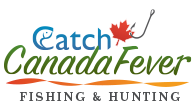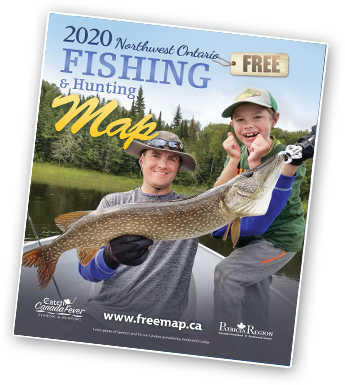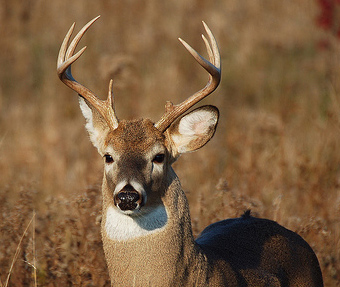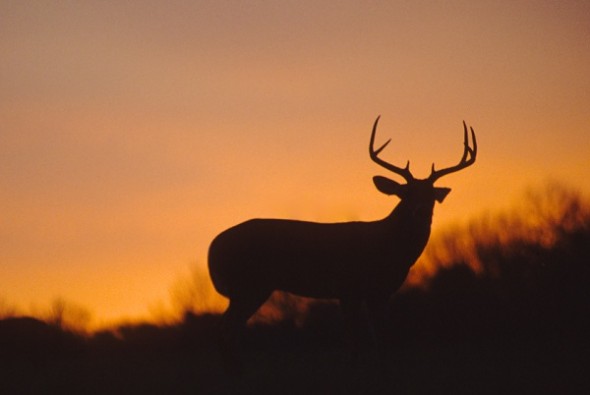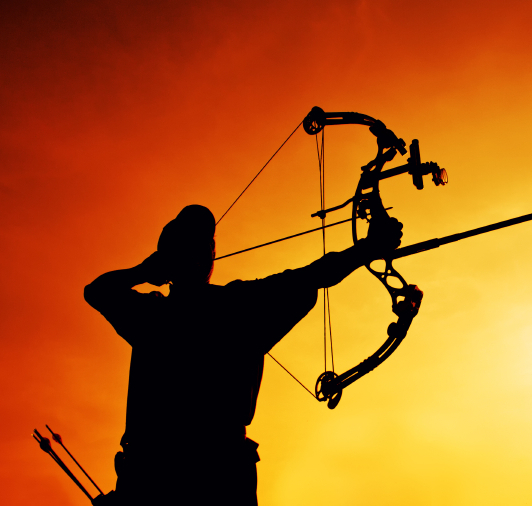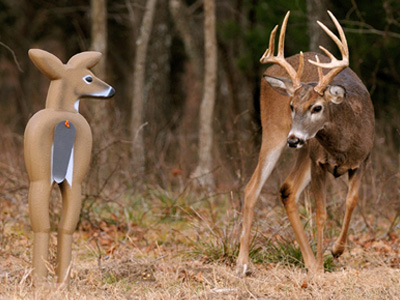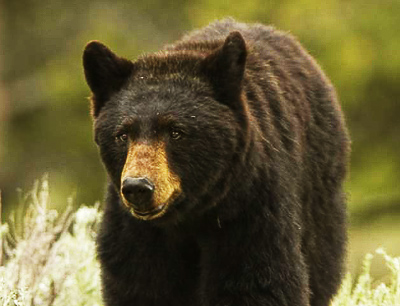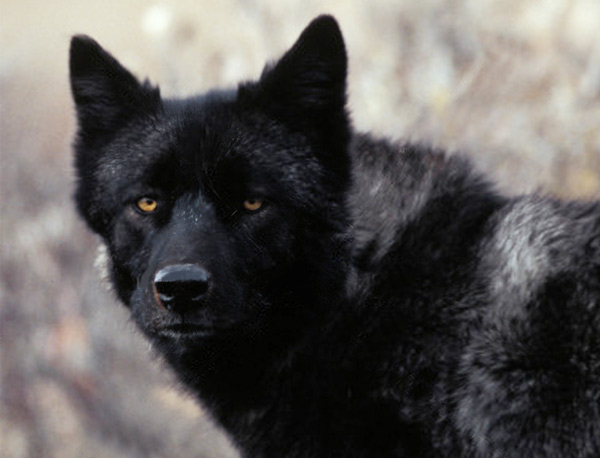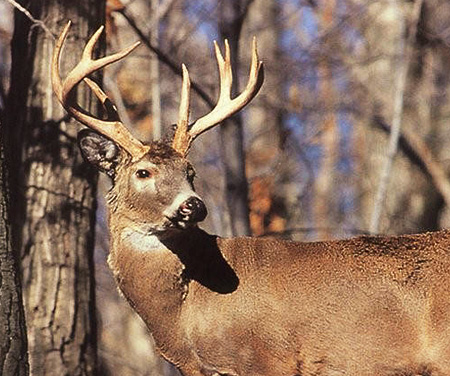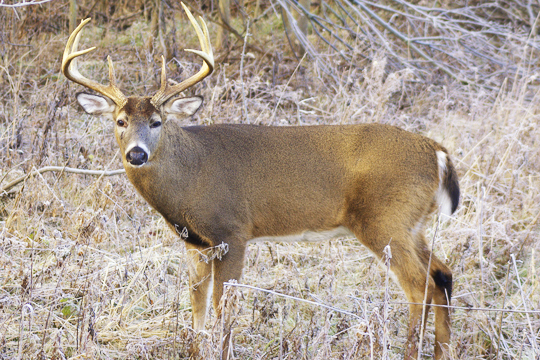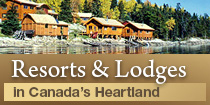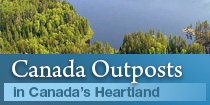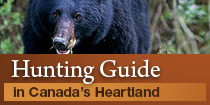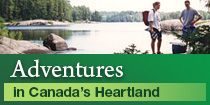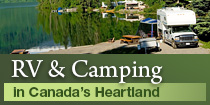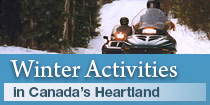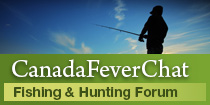Canada Goose Hunting
 The Canada Goose is a migratory bird with a brownish-grey body, a long black neck, and a black head with a white chinstrap type marking on the face. These geese typically range from 30-43 inches in length and has a wing span of about 50-73 inches. Male Canada Geese can be quite territorial and aggressive. Male geese have been known to attack if a potential predator comes near breeding and nesting grounds. They weigh anywhere from seven to fourteen pounds. Female Canada Geese are slightly less heavy and can weigh anywhere from five to twelve pounds. Female geese also have a notably different ‘honk’ than the males. The birds typically live in Canada during summer and migrate to warmer climates in the United States during winter. Canada Geese travel by flying in a “V” formation. They fly in the V formation to break up the wind too make it easier for the flock. The leader breaks the wind, and the birds to the right and left benefit from the up and down wind, allowing them to put less energy into flapping. The lead bird will switch off, allowing a break. Canada Geese feed on plants and small insects and fish, although they are primarily herbivores. They feed on grass, beans, grains, corn, aquatic plants, silt from lake bottoms, and occasionally food from garbage.
The Canada Goose is a migratory bird with a brownish-grey body, a long black neck, and a black head with a white chinstrap type marking on the face. These geese typically range from 30-43 inches in length and has a wing span of about 50-73 inches. Male Canada Geese can be quite territorial and aggressive. Male geese have been known to attack if a potential predator comes near breeding and nesting grounds. They weigh anywhere from seven to fourteen pounds. Female Canada Geese are slightly less heavy and can weigh anywhere from five to twelve pounds. Female geese also have a notably different ‘honk’ than the males. The birds typically live in Canada during summer and migrate to warmer climates in the United States during winter. Canada Geese travel by flying in a “V” formation. They fly in the V formation to break up the wind too make it easier for the flock. The leader breaks the wind, and the birds to the right and left benefit from the up and down wind, allowing them to put less energy into flapping. The lead bird will switch off, allowing a break. Canada Geese feed on plants and small insects and fish, although they are primarily herbivores. They feed on grass, beans, grains, corn, aquatic plants, silt from lake bottoms, and occasionally food from garbage.
Mating Habits
Canada Geese begin looking for a mate when they are two years old. Once they find a mate, they stay together their whole lives as a monogamous couple. Only when one bird dies will the other begin looking for a new mate. Female Canada Geese typically lay two to nine eggs. Both parents actively protect and defend their nesting area, however the female spends more time near it than the male goose. The nest is typically made in a shallow hole and lined with feathers and plants. It is usually located near a water source, usually near a pond or river, on an elevated area. The eggs are incubated by the female goose for about a month. While the female goose is incubating the eggs, the male will typically stick close by. The baby geese, or goslings, are able to walk, find food and swim immediately after hatching. The goslings are able to fly at about five weeks of age. To protect their young, the geese families typically travel in a single file line with one parent at the front of the line and the other one following. Geese are very protective of their young, and will often chase away anything that gets too close, including people. They will warn the intruder with hisses, and then will attack with flapping wings and bites.
Hunting Strategies
When goose hunting, it is good to try these five strategies: scouting, calling, concealment, decoys and flagging. Learning how to properly call for geese is essential to a successful Canada goose hunt. Geese are capable of making a variety of noises- including clucking, whines, honks, hissing and more. The basic honk is referred to as the “long range hail call”. It is used to to attract the attention of geese from a distance. The honk is two notes, the first note is low with a slight growl, and the second is high and sharp. If you see geese at a distance, use the long range hail call repeatedly and until you get their attention. As they approach, speed up the calls but turn down the volume. The second basic call is the cluck. The cluck is basically the second note of the long range hail. As the geese come closer, transition from the long range hail to the cluck. Use the cluck steadily, only lowering your volume as they draw in. Use the cluck until they are close enough to take a shot. These two calls are the basics when it comes to geese calling. Additional calls can be learned to help even more with your goose hunt.
Scouting
Scouting for geese is likely the most essential part of a successful goose hunt. Scouting is actively looking for a location where Canada geese would likely frequent. Canada Geese typically stay in fields or open areas, often near a water source. At night, Canada Geese stay on or near the water. In the early mornings, geese feed in fields, and return to water by late morning. They return to fields again in the afternoon, and then the cycle repeats. Knowing the feeding and roosting patterns of the geese can help you find the bet location for your hunt.
Concealment and Flagging
Concealment is all about hiding yourself from the geese to avoid spooking them and missing your chance at a shot. Blinds are placed in a field. They are supposed to camouflage you with your surroundings. It is a good idea to cover the blinds in grass, leaves and vegetation to help it blend in. Using decoys is also a great idea. Canada Goose decoys are great at drawing in more geese. Ideally, you want to use three to several dozen, and have them placed in a U-shape or a wishbone pattern in small family groups. A good idea would be to set up the decoys in a location where geese have already been or frequent. Flagging geese is similar to decoying. Flagging uses black flags that are supposed to look like a goose. The flags have motion, which add some realism and help convince birds that the area is safe.
Canada Goose Hunting is an exciting experience. Canada Geese are some of Ontario’s largest birds. They are easily spooked and extremely territorial, but they are great game to hunt. Learning to call geese is one of the most important steps to successfully luring in geese. Decoying and flagging can also be very helpful. With some practice, you too can be a great Canada Goose hunter.
Canada Goose Hunting Tips
- Spread your decoys out, leave room for birds to land among them
- On windy days, set up where you are shielded from the wind. Low field areas, or on hillsides are good places.
- When it’s foggy, flag rather than call.
- Stay completely still until you’re ready to shoot
- Water decoys are great to use alone or with land decoys. The water gives them some motion, making them look even more realistic.

